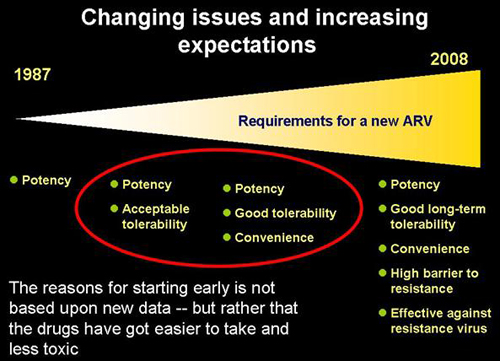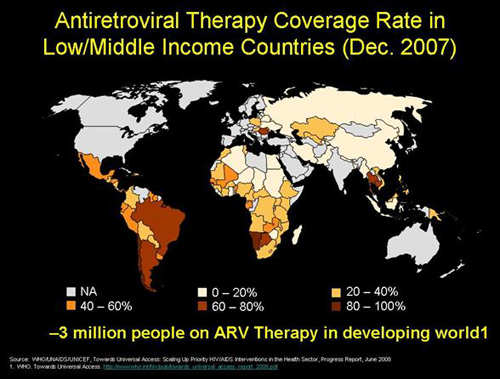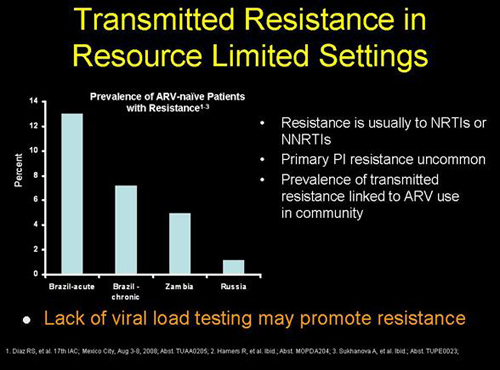- Log-in and Security
Log in: Password protected.
Enables you to keep track of the clinician who made the entry
- Main Menu
Enable you to choose the 4 main user roles and related functionality.
- Clinical details
- Diary
- Clinical report
- Maintenance
Clinical detail:
-
- Provides Easy & quick access to individual Patient Record
Diary:
-
- Daily clinic activities
- All clinics for the day are clearly identified
- Patient flow through the clinic from arrival to discharge is highlighted by different symbols, which helps to locate patient within the clinic.
Clinical Reports:
-
- Most of the relevant information is recorded from “drop down” boxes — helps to create many reports valuable to clinicians and administrators.
- Essential reporting facilities are programmed thereby enables the health care team to obtain report with a click of a button.
Maintenance:
-
- All essential tools to run this programme is accessible to add new information. E.g. A new drug could be added to the list of drugs.
- Different user levels give different access to programme.
This helps to prevent “interference” by healthcare professionals with individual records.
- Enables one to nominate selected individuals to have administrative rights so that new information can be added.
3. Patient Record:
Every patient will have a unique sheet with multiple subheadings, designed in a very user friendly way following a standard method of how a patient journey will take place. Separate sheets are designed for male & female.
4. Patient Details
Obtain patient demography and other relevant information essential in patient management.
5. Current Entry – History
Current: enables one to record clinic visits in the order a medical consultation will take place.
6. Sexual History:
Drop down boxes for all relevant questions.
7. HIV Risk Assessment:
Drop down boxes for all relevant questions which will alert the clinician of potential risks.
8. Medical History:
Free text to record relevant details.
9. Examination:
Drop down boxes of relevant examination sites are displayed with space to write free text.
Diagrams for male and female genitalia are provided with facility to mark abnormal physical signs.
10. Tests:
Drop down boxes are provided to indicate tests carried out. This enables clinicians to access upto-date test results while the patient is in consultation.
11. Diagnosis and treatment:
A list of diagnoses is provided with appropriate treatment.
12. Management:
Overall management plan can be recorded
13. Follow up:
Provides sheets for free text to add during patient follow up visits
14. HIV – History Sheet 1:
Records date of diagnosis, route of transmission and other relevant medical and social factors.
15. HIV – Antiretroviral Therapy Sheet 2:
Record of all antiretroviral therapy, date of initiation, date of discontinuation and the reason for stopping therapy.
This information is important in the decision process for future line of therapy
16. HIV Review:
Records HIV markers and other relevant investigation with free text for follow up notes.
17. Booking History
Patients’ entire visits can be viewed.







